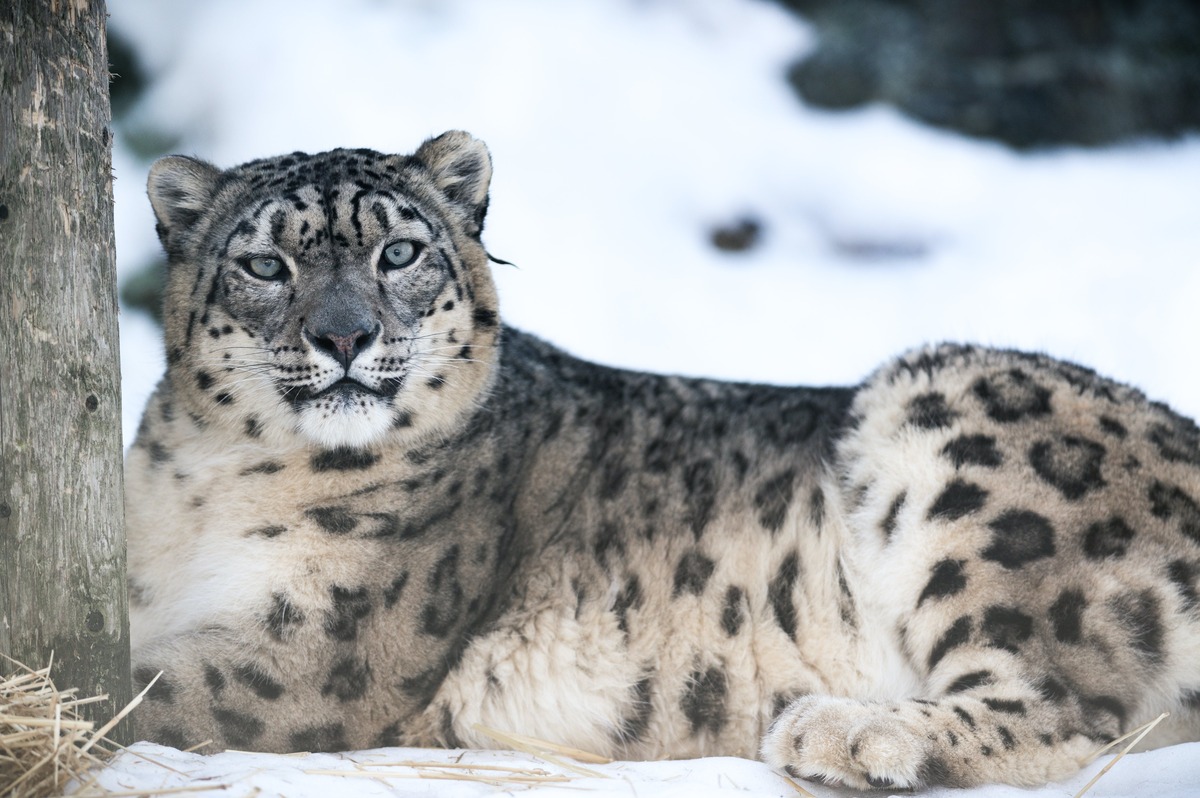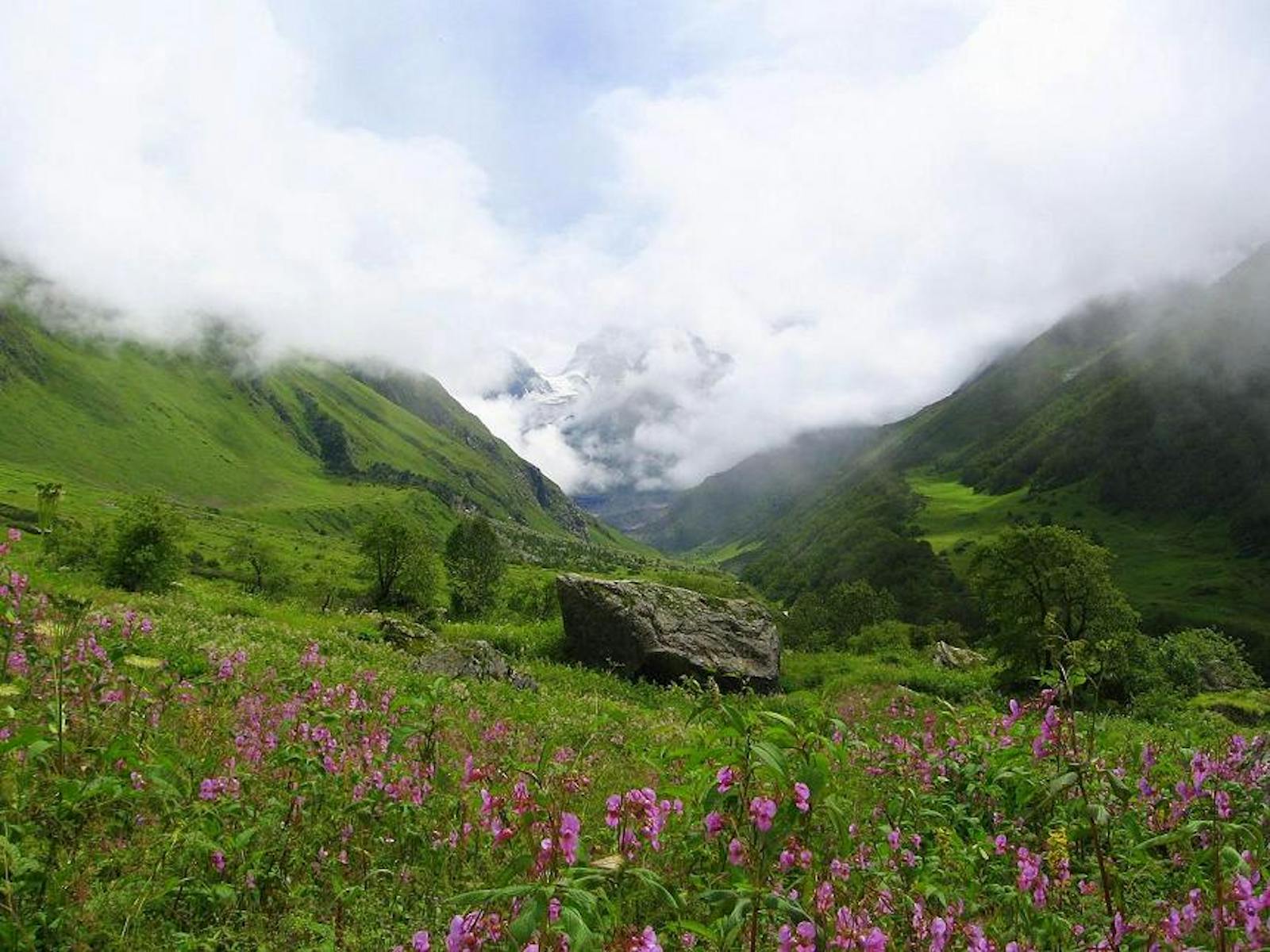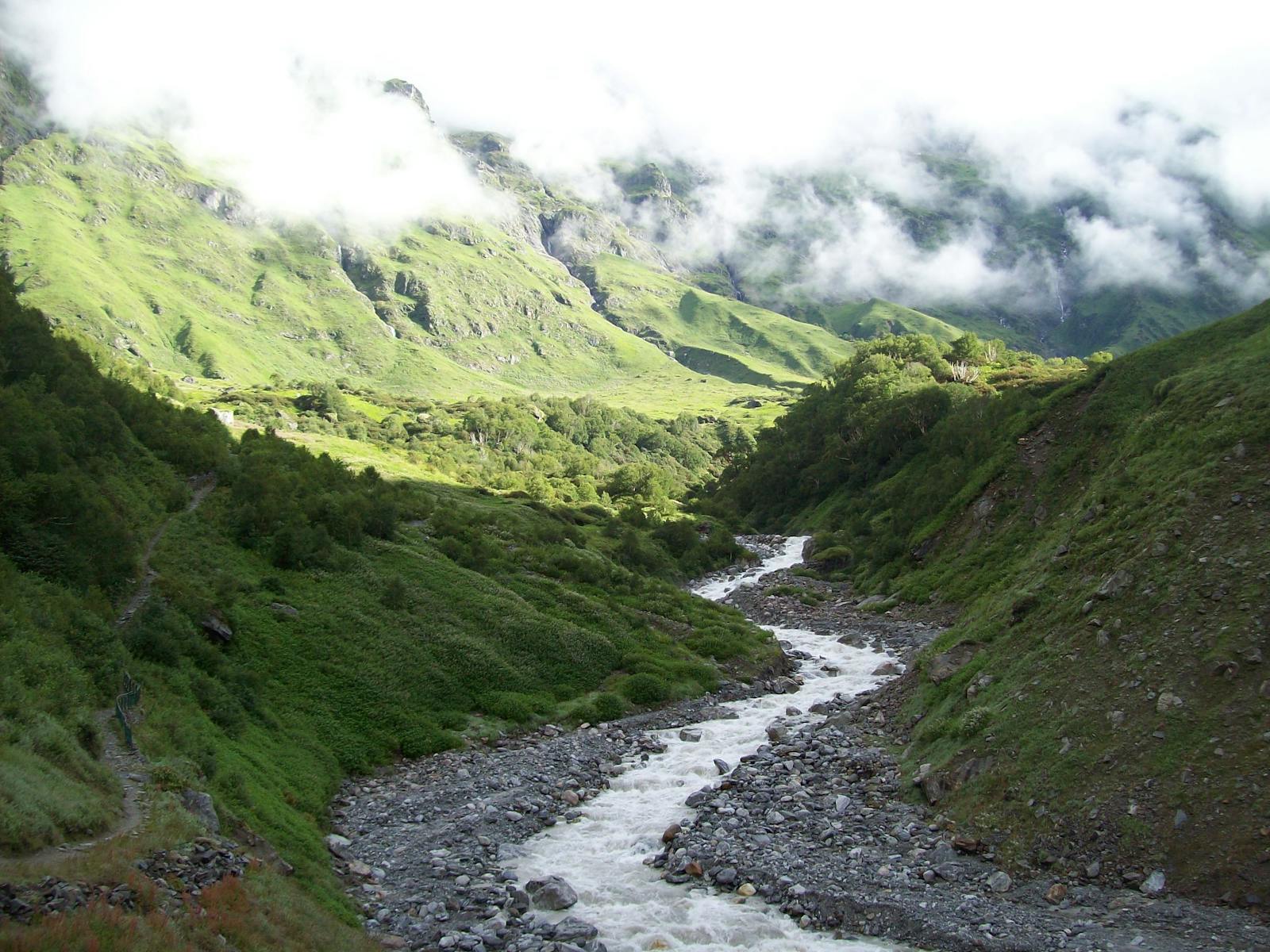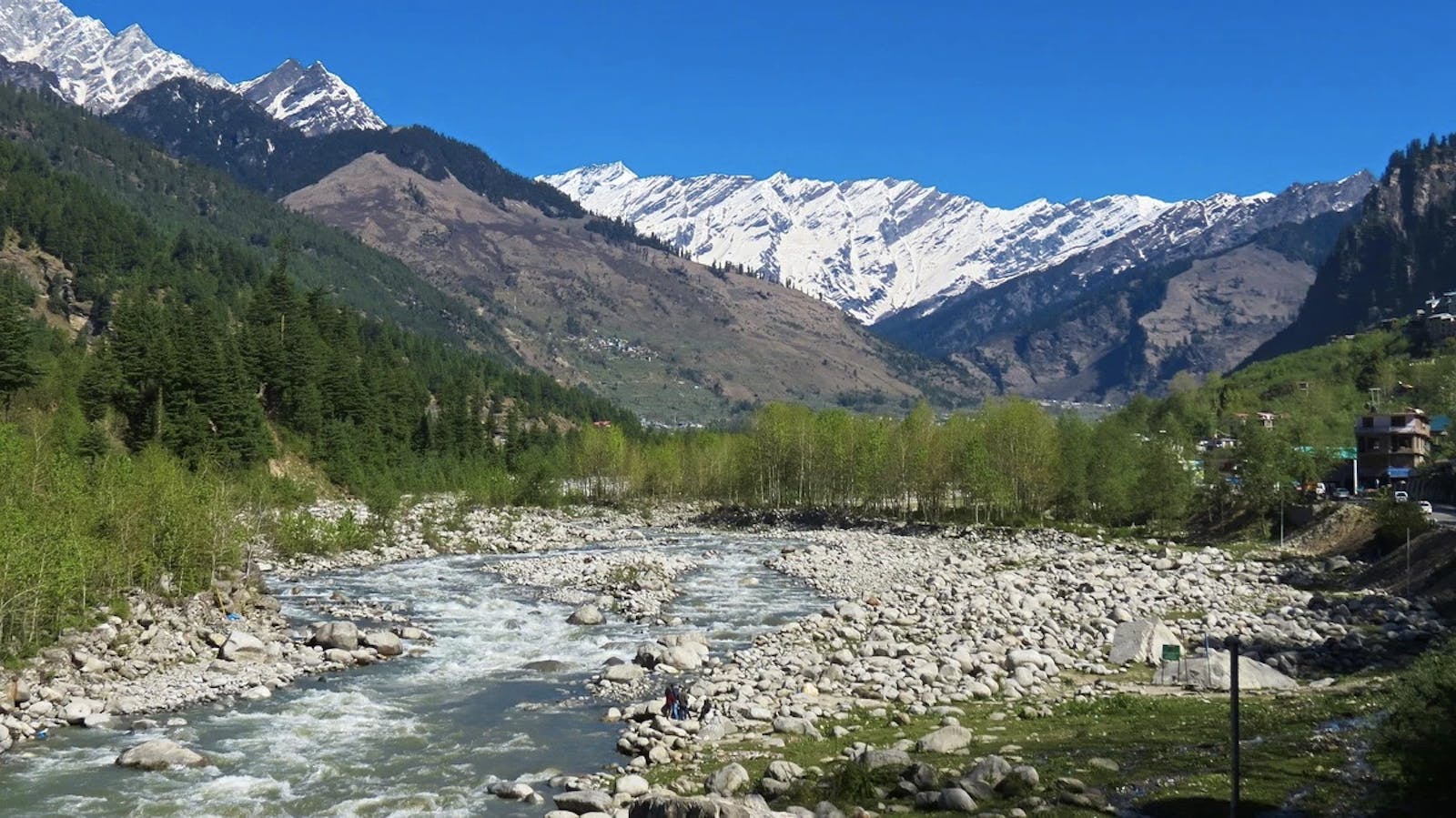Western Himalayan Alpine Shrub and Meadows
The ecoregion’s land area is provided in units of 1,000 hectares. The conservation target is the Global Safety Net (GSN1) area for the given ecoregion. The protection level indicates the percentage of the GSN goal that is currently protected on a scale of 0-10. N/A means data is not available at this time.
Bioregion: Himalayan-Pamir Alpine Shrub & Meadows (PA41)
Realm: Eastern Eurasia
Ecoregion Size (1000 ha):
7,032
Ecoregion ID:
769
Conservation Target:
50%
Protection Level:
5
States: China, Nepal, India
This ecoregion covering the highest ranges in the Himalaya harbors the only remaining Himalayan population of wild yak, rediscovered in the remote Limi Valley of far-western Nepal, years after they were considered extirpated from the mountains. These alpine areas also support the most intact and largest Himalayan populations of snow leopard, the mystical, elusive wild cat known as ‘Himalayan Queen’ by local people.
The Western Himalayan Alpine Shrub and Meadows ecoregion represents the alpine meadows and shrublands between 3,000 and 5,000 m in the western Himalaya, from the deep Kali Gandaki River gorge in central Nepal to the northwestern Indian State of Uttar Pradesh. About one-fourth of this high-elevation ecoregion is bare rock and ice on the high peaks that rise above the levels of physiological tolerance of vegetation.

The flagship species of the Western Himalayan Alpine Shrub and Meadows ecoregion is the snow leopard. Image credit: Eric Kilby, Creative Commons
This alpine area was formed about six hundred thousand years ago, during the early Pleistocene, after a long geological process that thrust up the Inner Himalayas. The Himalayan Mountains now comprise of three parallel east-west ranges, and this ecoregion sits along the Inner Himalaya, with the imposing tallest peaks in the world.
The ecoregion experiences cold winters and snow. Summers are mild, with day time temperatures varying from 10º to 20ºC, although temperatures can drop close to freezing, especially during cloudy days. Climate and aspect influence vegetation. North-facing slopes are less exposed to sunlight and are cooler and retain more moisture. But the complex topography also creates rain shadows that cause localized climatic variations affecting vegetation.

Himalayan bell flower. Image credit: Pankaj Batra, Creative Commons
The alpine shrubby flora is dominated by colorful, dwarf rhododendrons, different to the species of the eastern Himalaya. The meadows have a rich herbaceous community of Anaphalis, Aster, Cynanthus, Jurinea, Morina, Potentilla, Gentiana, Delphinium, Gentiana, Meconopsis, Pedicularis, Anemone, Polygonum, Primula, and Saussurea. Willows line the sides of shallow, montane streams. The ecoregion contains several hotspots of floral diversity and endemism, notably the Valley of Flowers, Nanda Devi, Tinker Valley, Dhorpatan, and Annapurna.
The 40 mammal species in the ecoregion do not include endemics. But there is space for large, threatened species, such as snow leopards and Tibetan wolves to roam the landscapes and hunt large mountain goats and sheep such as goral, serow, Himalayan tahr, argali, and blue sheep that are found in abundance. The bird fauna is richer, with almost 130 species, including several that are adapted to high altitude ecosystems. These species, such as the blood pheasant, western tragopan, Satyr tragopan, Himalayan monal, and the large avian predators, lammergeier, golden eagle, and Himalayan griffon, can be used as focal species for conservation management planning.
Because of its remoteness and inaccessibility, much of the ecoregion’s habitat is still intact. But grazing pressure by increasingly larger herds of domestic livestock—horses, sheep, goats, and yak—is degrading the natural habitat. Overexploitation of rare medicinal herbs is another conservation threat, especially to a fragile ecosystem already under heavy grazing pressure. Eleven reserves, including several that are large and important such as Shey-Phuksundo, Annapurna, Kedarnath, Nanda Devi, and Dhorpatan, cover about 25% of the ecoregion area.
Thus, the priority conservation actions should be to: 1) improve protection and management effectiveness of these reserves, which are now neglected because of their remoteness; 2) protect and monitor focal species, especially snow leopards and their prey species because they are being increasingly persecuted as human-wildlife conflict escalates; and 3) assess anticipated climate change impact to the ecoregion and develop conservation and adaptation plans.
Citations
1. Ram, J.E.E.T., 2005. Biodiversity and conservation of high altitude meadows of Uttaranchal Himalaya. Bulletin of the National Institute of Ecology, 15, pp.11-17.
2. Wikramanayake, E, E. Dinerstein, et al. 2002. Terrestrial Ecoregions of the Indo-Pacific: A Conservation Assessment. Island Press.
3. Khatiwada, J.R. and Ghimirey, Y., 2009. Status of snow leopard (Uncia uncia) in Humla district, western Nepal. Scientific World, 7(7), pp.49-52.





